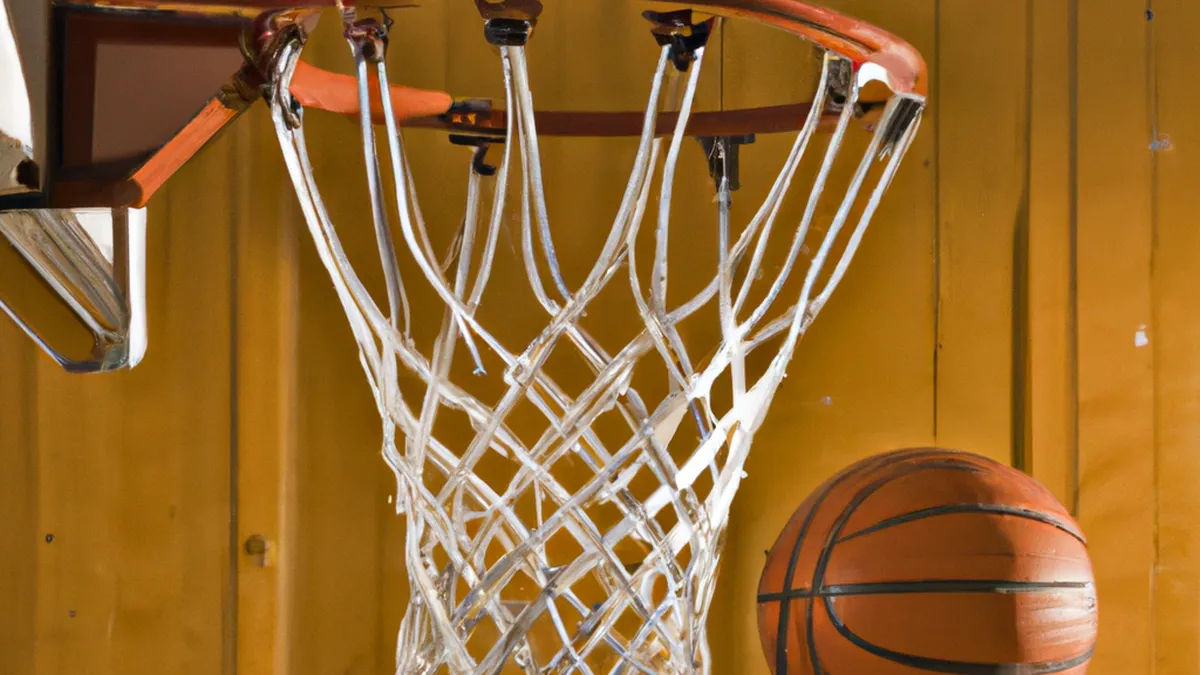Dynamic Offense: Spacing Essentials
Offensive Spacing Strategies: Unlock Your Team’s PotentialIn basketball, effective spacing can determine the game’s outcome. Proper offensive spacing creates scoring, driving, and passing opportunities. Players who understand spacing can develop a dynamic attack. This blog post will explore essential offensive spacing strategies, offering tips and advice to enhance your team’s performance.
Understanding Offensive Spacing
Offensive spacing describes player positioning on the court. Good spacing prevents defenders from blocking passing lanes and helps limit their support on drives. When players space correctly, they maximize the court’s width and length, facilitating easier ball movement and better shot opportunities.
The Importance of Spacing
Spacing is crucial for several reasons. First, it creates driving lanes. Proper positioning prevents defenders from collapsing into the paint. Second, spacing opens perimeter shooting opportunities. Players can find open shots beyond the arc with effective spacing. Lastly, good spacing promotes effective off-ball movement through cuts, screens, and mismatches.
Tips for Effective Offensive Spacing
As an Amazon Associate I earn from qualifying purchases.
Gear tip: consider basketball, standing desk balance board, and desk cycle to support this topic.
Implementing effective spacing strategies can improve your team’s offensive flow. Here are practical tips to consider:
1. Maintain Proper Distance
Players should maintain a safe distance from one another. Ideally, stay at least one pass away from the ball. This positioning keeps players available for passes without crowding the ball handler. Aim for a distance of 15 to 20 feet between players.
2. Utilize the Corners
The corners are vital for offensive spacing. Placing players in the corners opens the floor and creates driving lanes. When defenders cover the corners, it stretches the defense, leading to easy layups or open three-point shots.
3. Create Driving Lanes
Encourage players to space themselves to allow effective drives to the basket. Position players at the wings or corners as the ball handler approaches. This setup creates clear lanes for drives, forcing defenders to make quick decisions.
4. Communicate Constantly
Communication is key in basketball. Players must talk about spacing and positioning. Encourage them to call out screens or cuts. This interaction helps maintain proper spacing and allows the team to adjust quickly. Effective communication makes spacing second nature.
Advice for Different Offensive Sets
Different offensive sets require specific spacing strategies. Here’s how to adapt spacing based on your team’s style:
1. Motion Offense
In a motion offense, players should constantly move and adjust spacing. Encourage players to read and react to the defense. As players cut and screen, they must maintain spacing to create opportunities for open shots and drives.
2. Pick and Roll
In pick and roll situations, proper spacing is critical. The screener should roll to the basket while the ball handler seeks options. Other players must space along the perimeter to keep defenders occupied and open passing lanes.
3. Isolation Plays
For isolation plays, spacing is essential for the ball handler’s freedom. Other players should move to the weak side, preventing defenders from helping easily. This spacing forces the defense to commit to one player, creating opportunities for drives or kick-out passes.
Benefits of Effective Spacing
Adopting effective spacing strategies leads to numerous benefits for your team. Here are some significant advantages:
1. Improved Scoring Opportunities
Effective spacing increases scoring chances. Correctly spaced players can find open shots more easily. This setup leads to higher shooting percentages and more points.
2. Enhanced Ball Movement
Good spacing encourages quick ball movement. When players spread out, passing around the court becomes easier. This movement can confuse defenders and create mismatches.
3. Increased Offensive Efficiency
Teams utilizing effective spacing tend to be more efficient offensively. Better shot selection and higher percentages maximize scoring potential, translating into improved overall performance.
Conclusion
Offensive spacing strategies are vital for any basketball team aiming for success. By maintaining proper distance, utilizing corners, creating driving lanes, and ensuring constant communication, players can maximize their offensive potential. Adapting spacing based on your offensive set enhances your team’s effectiveness. Ultimately, effective spacing leads to improved scoring opportunities, enhanced ball movement, and increased offensive efficiency. Focus on these strategies to unlock your team’s potential and achieve greater success on the court.
Below are related products based on this post:
FAQ
What is offensive spacing in basketball?
Offensive spacing refers to the positioning of players on the court to maximize scoring, driving, and passing opportunities. Proper spacing prevents defenders from blocking passing lanes and limits their support on drives, facilitating better ball movement and shot opportunities.
Why is spacing important for a basketball team?
Spacing is crucial as it creates driving lanes and opens up perimeter shooting opportunities. Effective spacing allows players to find open shots beyond the arc and promotes off-ball movement through cuts and screens, enhancing overall offensive flow.
How can teams improve their offensive spacing?
Teams can improve their offensive spacing by maintaining proper distances between players, utilizing corners effectively, creating driving lanes, and ensuring constant communication. These strategies help players stay available for passes and make quick adjustments during the game.















Post Comment